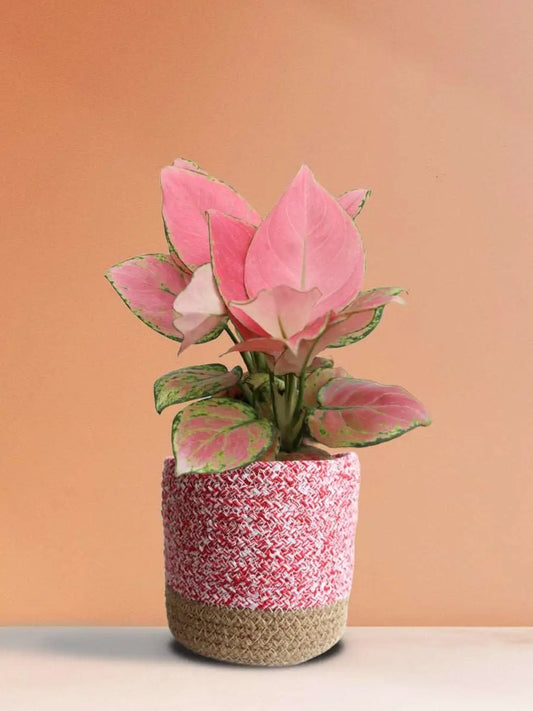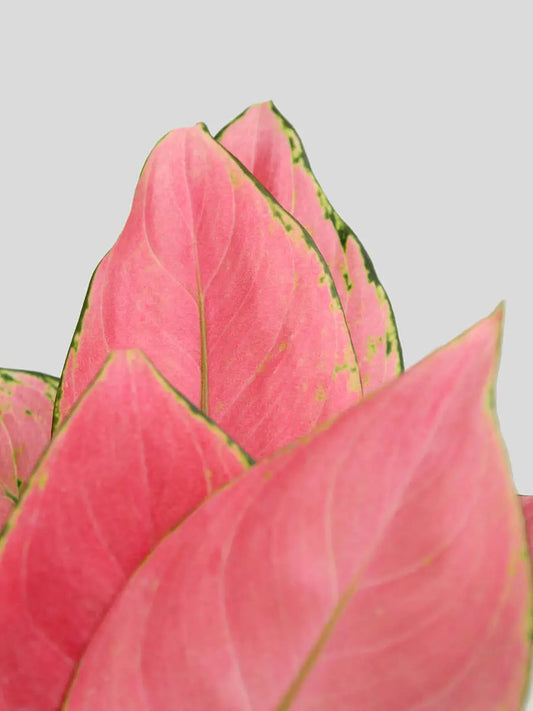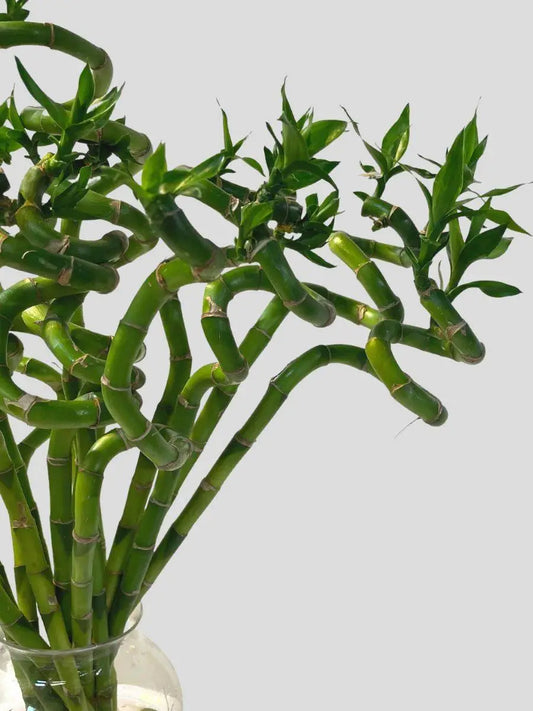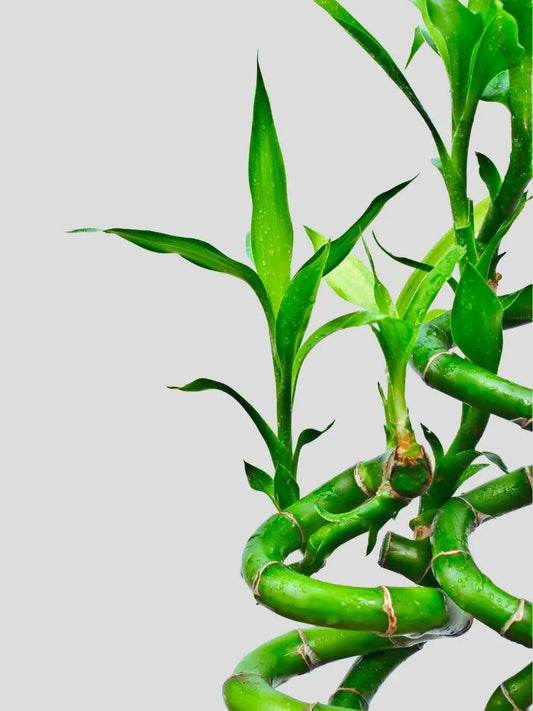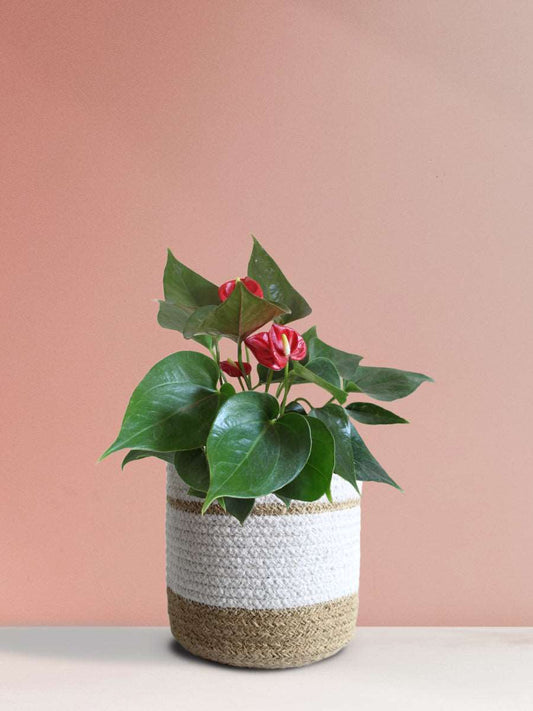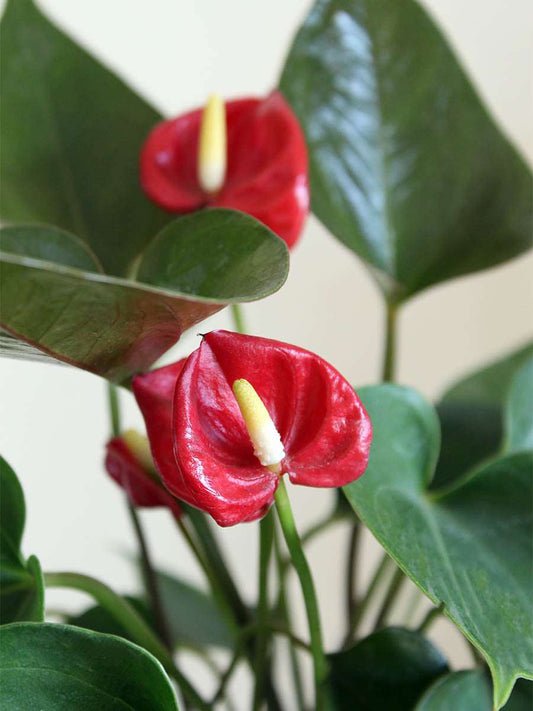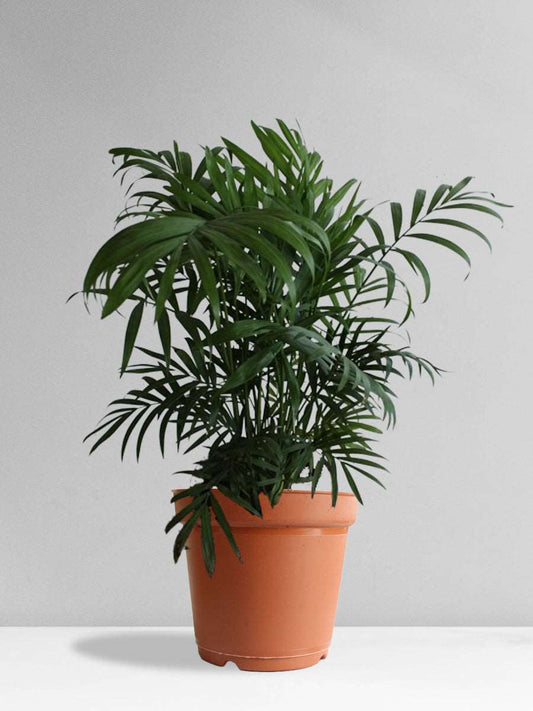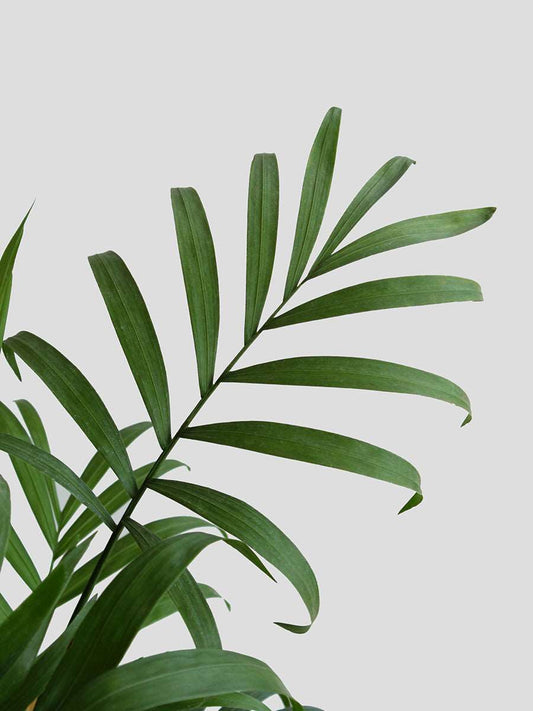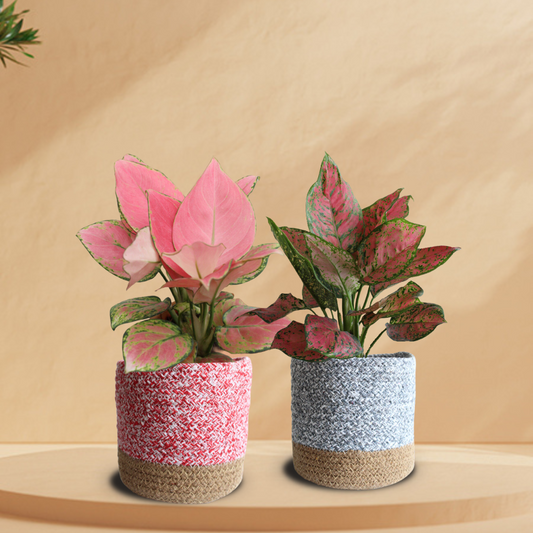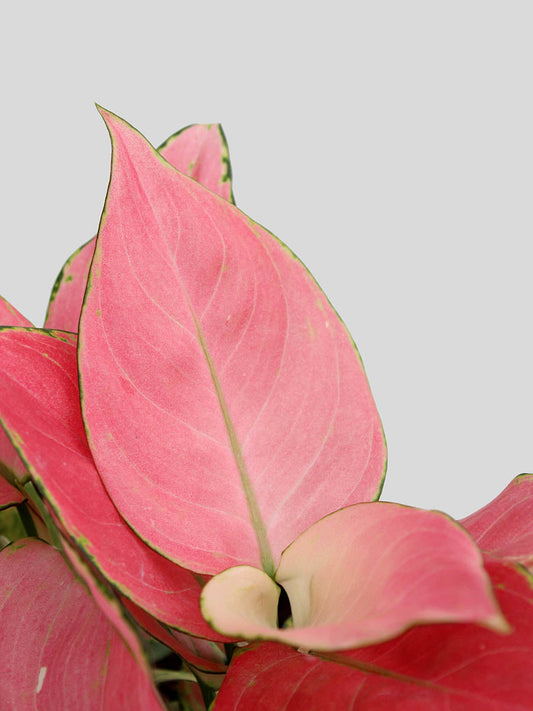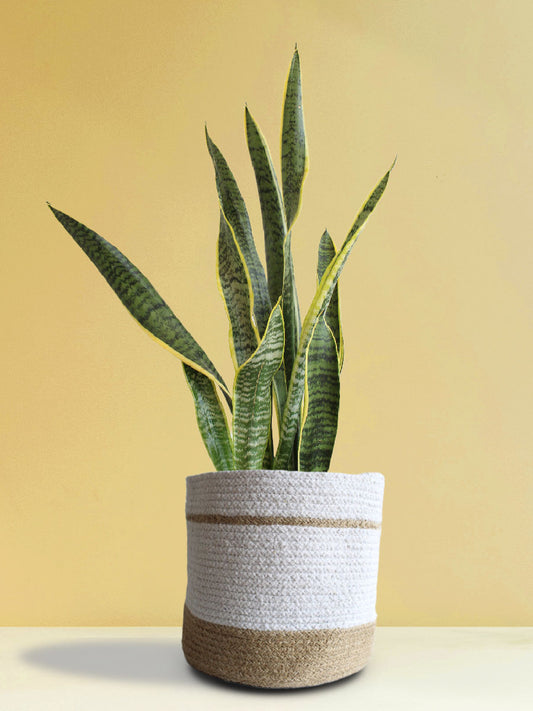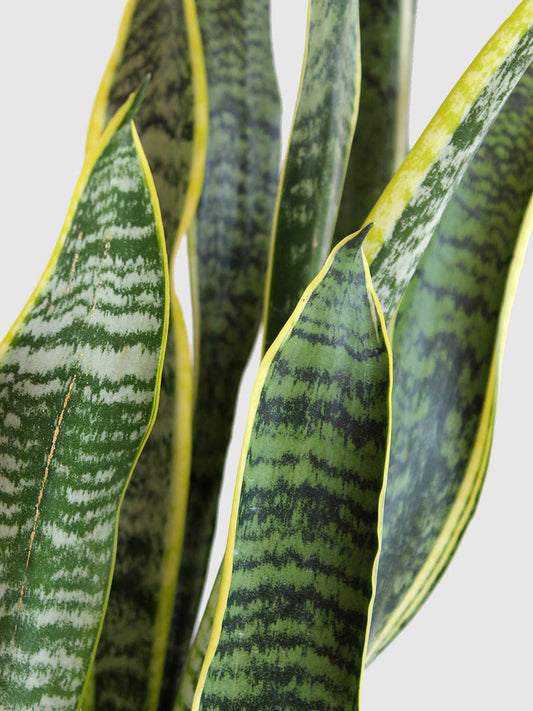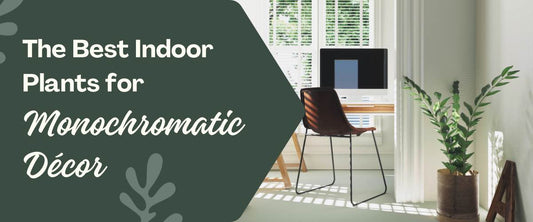DIY Kokedama Step-by-Step Guide
Japan has had its own culture for a long time. It includes a great collection of native ornamental plants, as well as spirituality. This is why it shouldn't be a surprise that the Japanese gardening style of bonsai had a direct effect on the Kokedama. Because the Kokedama method of gardening served as inspiration for this new bonsai style, it differs from the conventional Ne-Arai style. Japanese people use live trees called bonsai to decorate driftwood or hand-made pottery. It is known as the art of getting better and changing. This is what the Japanese called "Wabi-Sabi."
Let us take a comprehensive look at what Kokedama is, how it is made, the materials that are required for its making, the benefits it offers, and how it should be maintained (care guide).
What is a Kokedama?

Kokedama is a word from Japan. "Dama" means ball, and "Koke" means moss. Kokedama means "moss ball" in English. Plants' root balls are wrapped in moss and held in place with string or yarn.
Kokedama is a technique used frequently in Japanese gardens. According to this old way of gardening, you can grow a pretty plant on a ball of soil covered in moss. This method, which is sometimes called "poor man's bonsai," usually involves using wet Kokedama soil and keto (peat). After putting the plant in the soil ball, moss is spread over it. Sometimes the kokedama is hung in the air, and aluminum or nylon wire is used to hold the outer shell together.
Also Check This: Amazing Benefits Of Basket Planters For Your Plant
What You'll Need to Create Diy Kokedama

The supplies and equipment you will need to create a DIY Kokedama will be garden gloves, 2 buckets or bowls, a measuring cup, a spray bottle, and scissors.
You will also need these materials:
- clay-based soil
- peat moss
- shaded plant sample
- water
- Sphagnum sheet moss or dry flora moss
- string, twine, and fishing line
- Display decorative items, such as wood or a clear container.
How to Make Kokedama at Home ( Step-By-Step)

After collecting the needed material, follow the step-by-step guidance to make Kokedama at home:
- First, you will need to prepare the soil mixture. In a mixing bowl, combine your clay-based soil (bonsai soil is an excellent substitute) and peat moss.
- Then, measure out 2 cups of soil and add water until it sticks together and forms a pliable ball. Pack the soil tightly in the shape of a ball.
- Remove the plant from its pot and gently brush the soil off the root ball. To release the root system, delicately separate the root ball.
- Make a hole in the soil ball using your fingertips. Gently insert the plant's roots into the hole, then press the soil into a ball around the base of the stem.
- Ensure that moss covers the entire exposed surface of the soil ball. Ideally, the moss should be wet.
- To hang them, wrap twine or string around the entire moss ball from top to bottom, then wrap twice and make a double knot to help the kokedama hang.
- Finally, you can display your kokedama by hanging it, putting it in a wooden bowl, or placing it in a clear container. Keep the kokedama plant in partial to full shade. Water when light hits, and fertilize monthly with water-soluble indoor plant fertilizer.
Also Check This: Best Plants for Your Balcony
Benefits of Kokedama
Kokedama is more than just planting for home and office decor. It links spirituality, health, and more. Some of the benefits of Kokedama include:
1. Visual Appealing:
The Kokedama greatly enhances the sense of beauty in the design itself. In the old way of extracting roots, the root is stuffed with sand and covered with green or sphagnum moss to make a pretty ball that can be used as a plant or as a decoration.
2. Benefits of Sustainable Practice:
Kokedama is a sustainable practice. use of eco-friendly grazing moss balls instead of plastic plant containers. Plus, the twines that are used to decorate the balls are biodegradable, which makes them more eco-friendly.
3. Enhanced Air Quality:
Kokedama can also filter the air in rooms, which is beneficial for both people and vegetation, which is another significant environmental benefit. Plants absorb carbon dioxide and other atmospheric pollutants and release oxygen through photosynthesis.
4. Symbolic and Zen Benefits:
The Japanese believe the ball of moss symbolizes maternal love or charity. Furthermore, the ball moss appears to have been molded into the perfect sphere, giving the ball moss a serene and meditative appearance.
Also Check This: How to Create a Sensory Garden for Kids
How to Care for Kokedam?
Caring for Kokedama is relatively simple. Like all houseplants, kokedama needs water, light, and fertilizer. The following care guide is for Kokedam:
- Watering: Kokedama needs regular, not overwatering. Water your moss ball gently in a bowl for two minutes until it is moist. Take the plant out and drain the water well. Then, restore the plant to the display area.
- Light: Kokedama likes indirect, bright light. Avoid direct sunlight to protect the plant's moss and foliage. The optimum place is near a daytime window with a filter light.
- Humidity: Kokedama thrive in humid conditions, so spraying the moss ball or a tray of water will keep them happy.
- Bonsai Kokedama fertilization: Use a diluted liquid feed once a month in spring and summer. Follow the feed packing directions for proper dilution.
- Periodically Pruning: Prune the Kokedama plant when it's excessively big or at its maximum height. Long loppers or garden scissors should be used to cut off tall canes. You can also prune the cane to beautify it. Periodically trim yellow and dry tips leaves from the plant. Leaves that break readily off the plant are likely yellow and dry.
- Rotation: Turn your Kokedama around every two weeks so that all sides get light.
Also Check This: Best Plants for Entrance as Per Vastu
Conclusion
Kokedama is a precision planting method that suspends plant roots in moss with driftwood or earthenware. Kokedama is made of clay-based soil, peat moss, and string that has been styled in a certain way. It reflects peace and Zen, which are words that have come to describe the process. After setup, Kokedama needs frequent watering, indirect light, high humidity, occasional weak fertilizer, pruning, and rotation.


